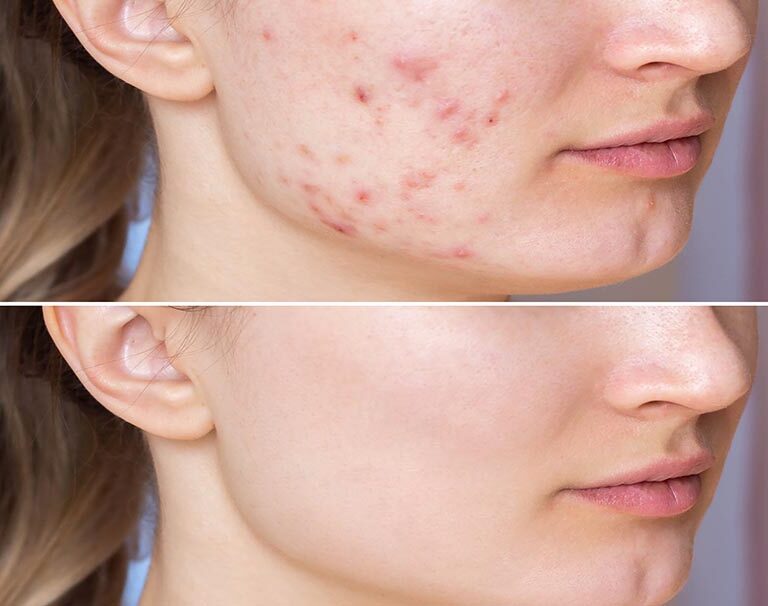MELASMA and Pigmentation
HomeMELASMA and Pigmentation
MELASMA and Pigmentation
Dermatology
Melasma is a common skin condition that causes grey or brown patches to appear on the skin. It is a form of hyper-pigmentation that most often occurs on the cheeks, forehead, upper lip and bridge of the nose. Spots of discoloration or darkened patches on the skin are also referred to as age spots, sun spots, solar lentigines or senile lentigo, and are all forms of hyper-pigmentation. Though pigmentary issues can affect all skin types, it is more prevalent in those with darker skin.
Ayana clinic offers patients the latest, most advanced technology and clinical therapies for treating melasma and pigmentary disorders. With various treatment options for all skin types designed yo achieve effective and lasting result

The skin gets its color from a pigment called melanin, made by cells in the skin known as melanocytes. When these cells become unhealthy or damaged, it can affect melanin production. If the body produces too much melanin, the skin can get darker, causing hyper-pigmentation. Pregnancy, hormonal changes and sun exposure can contribute to this process. Alternatively, post-inflammatory hyper-pigmentation often affects those with acne and can occur as a result of tissue damage and wounds.
With expertise in the treatment of pigmentary disorders, Dr.Shireen Furtado recommends several ways to protect the skin from discoloration and pigmentation issues, including:
Strict daily sun protection – Using zinc or titanium-based sunblock with SPF 30 and reapplying between 10 am to 4 pm when outdoors will help to defend against pigmentation. Wearing a hat and sunglasses will also help to protect the skin from sun damage.
Minimize estrogen consumption – Any use of exogenous estrogen will worsen pigmentation issues. Discontinuing the birth control pill and avoiding diet groups such as alcohol, beans and soy is strongly recommended, as excess consumption may cause the liver to produce too much estrogen.
Avoid specific treatments – Invasive clean up procedures at saloons which prod the skin and cause superficial burns and injuries.
Establish a comprehensive skincare routine – A combination of clinically tested skincare ingredients. This regime should include a medical grade antioxidant cleanser, specific concentrations of vitamin C products followed by sunscreen application in the morning, then alternating between cream and a prescription-strength topical retinoid in the evening. In your consultation, Dr. Shireen can examine your skin and work with you to establish a suitable skincare routine.
Take supplements – Our team of clinic specialists will assess whether oral supplements that contain polypodium leucotomos or oral tranexamic acid are a suitable therapeutic option for you.
There are various methods available today to help reduce the appearance of melasma and hyper-pigmentation more quickly. The most suitable treatment for you will depend on your skin tone and the depth of discoloration. Ayana clinic offers a range of highly developed, state-of-the-art medical therapies for pigmentary issues. Based on your skin type and current condition, the dermatologist will determine the most suitable procedure and tailor it specifically to your needs.
